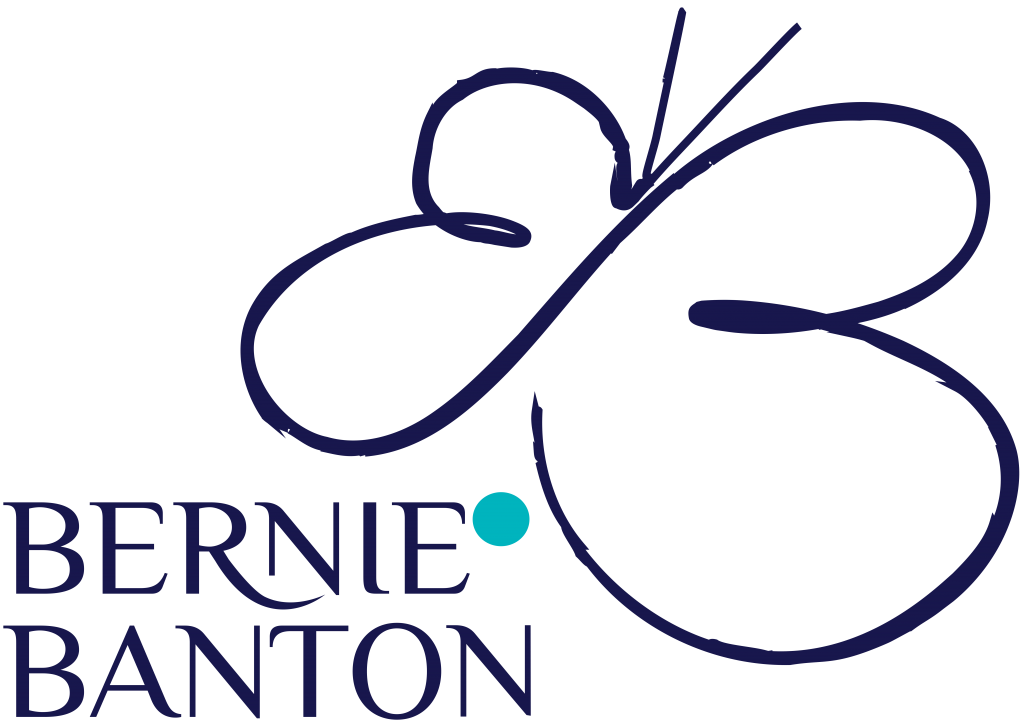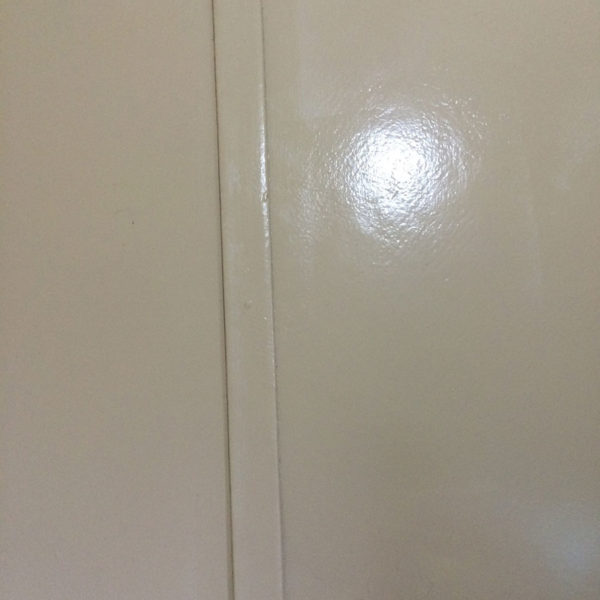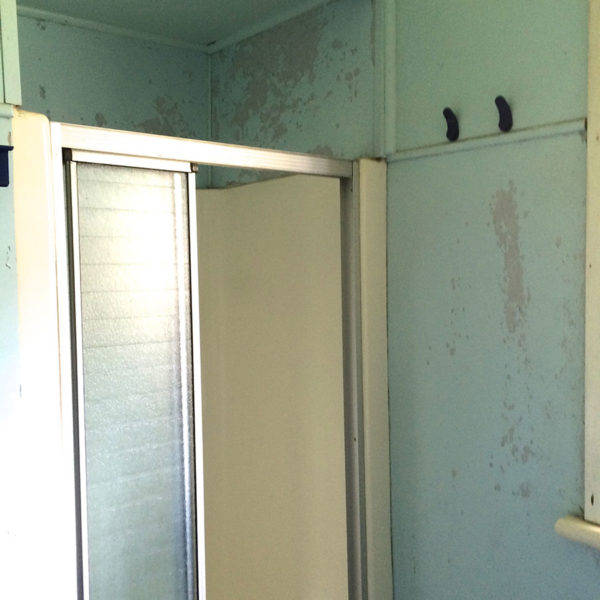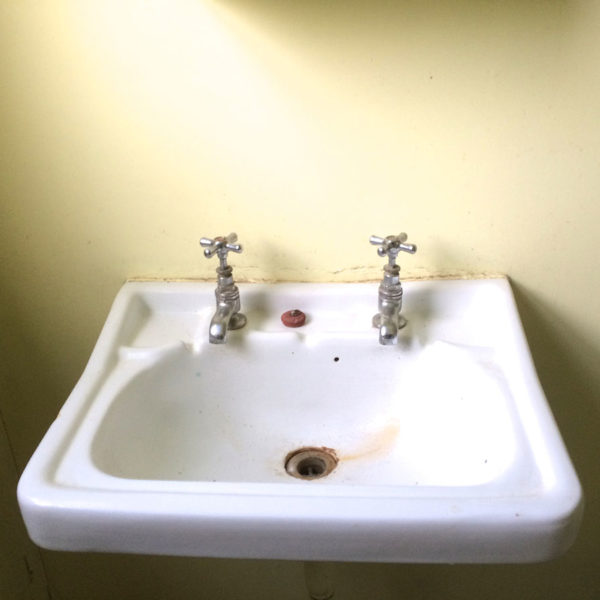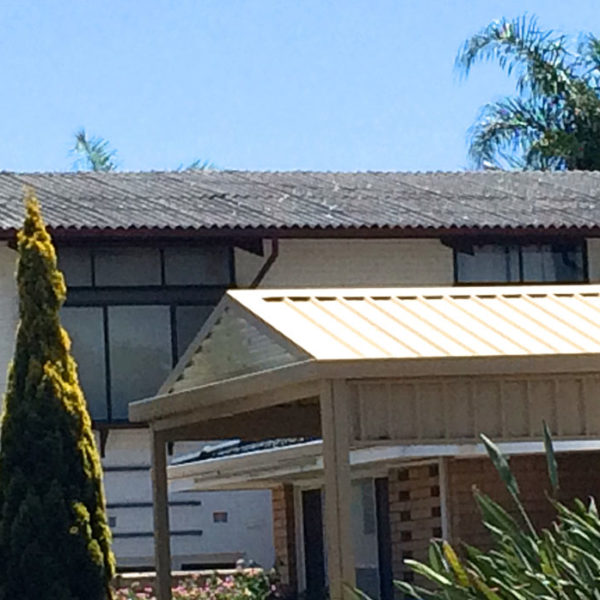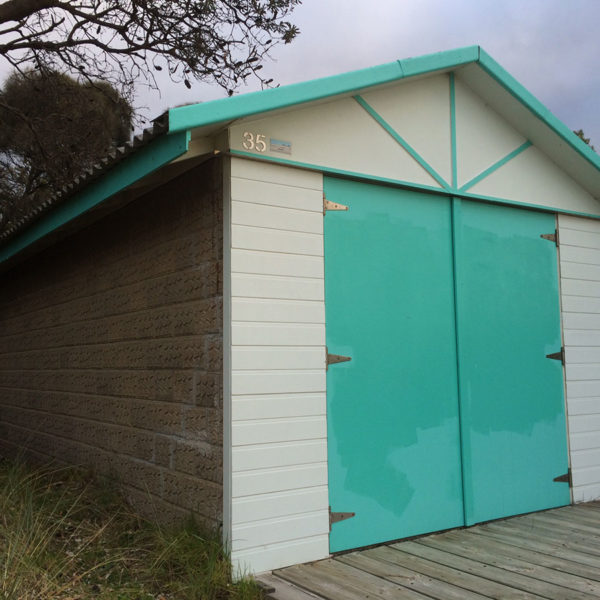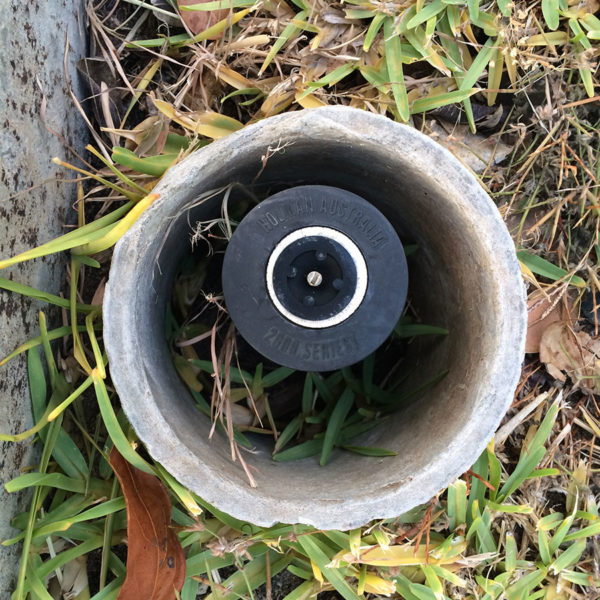Removing asbestos containing materials (ACMs) is inherently dangerous and should never be undertaken as a DIY job. We recommend you should engage only fully qualified asbestos removalists to remove any amount of asbestos or asbestos containing material.
We have compiled the following notes on what you should be able to expect when hiring a licensed asbestos removalist.
- The individual or company is fully qualified and licensed to carry out the task you have engaged them to do.
- They have public liability to the value of at least $20,000,000 that specifically covers asbestos handling and removal – and just as importantly, it is valid for the period your project will be conducted over.
- The contractor should arrange for:
- Any necessary permits to enable the work and disposal of the removed material to be carried out legally; and
- For the legal disposal of the removed material.
- You should receive a Safe Work Method Statement, detailing how the job will be executed, prior to commencement of the job.
- Your neighbours, and any people who are likely to be affected, should be notified. The notification should:
- Be given out weeks (not days) in advance and stipulate dates, times, how the job will be carried out, and also include copies of any permits;
- Inform what should be done, such as close windows, not hang out washing, not allow children to play outside, cover wall vents, not use air-conditioning units and cover their air intake grills etc;
- You should ask for, and receive copies of all the above mentioned qualifications, licenses, insurances, permits, notices etc. and ensure they are all in date, before allowing work to proceed.
- When removing ACMs from internal areas, the entire works area, including any areas used to enter or leave should be fully sealed off from the rest of the building. Particular attention should be paid to the sealing of wall and ceiling air vents, cupboard doors, heating and air-conditioning vents and cracks in cornices and architraves. These areas should be fully emptied of all furnishings and possessions; with the floors being covered and fully sealed using heavy builders grade thick plastic sheeting.
- If the removal is taking place in an enclosed area, after the material has been removed they should vacuum the immediate and surrounding areas using asbestos approved HEPA vacuum cleaners. If it is a re-roofing job, the roof/ceiling cavity should be vacuumed once the asbestos cement corrugated roofing and any ceiling insulation has been removed, and prior to the new roof going on. This should be done to ensure as much asbestos fibre/dust is collected as possible.
- The area where the asbestos was removed should, in many cases be sprayed with a PVC solution to encapsulate and arrest any asbestos fibres/dust that may remain. Note: This is considered ‘best practice’, but is not always considered necessary; it largely depends on the type of asbestos material being removed, the surfaces involved and how effectively the area could be vacuumed. The roof/ceiling cavity should always be sprayed with a PVC solution when asbestos cement corrugated roofing is removed.
- Air monitors should be deployed to measure the air quality during, and after the job is finished, particularly in an indoor or enclosed situation. Air monitoring is done to detect the ambient levels of asbestos in the air.
- A legal asbestos clearance certificate should be issued by an independent licensed asbestos assessor with appropriate qualifications, on completion of the job. This is the most important of all, as it means not only is the house certified as being safe, but that you will also have a permanent record that the job was done in a correct and proper manner.
- If they are removing asbestos cement corrugated roof sheeting (ACCRS), the following should also apply:
- The roof hold down fixings should be individually removed in a manner that does not damage the ACCRS, release any asbestos fibres, or create dust.
- The roofing sheets should be lifted and carried, not dragged. This is important, if the sheets are dragged across other roofing sheets still in situ, asbestos fibres will be released not only from the sheets being dragged, but also from those the sheets are being dragged across.
- The ACCRS should be lowered to the ground. It should never be thrown off the edge; it should always be lowered in such a manner the sheets are not damaged in any way.
- Any insulation material in the roof /ceiling cavity should be removed by the contractor and treated and disposed of as contaminated waste. This is because no one can guarantee the insulation will be free from asbestos fibres/dust that may have been created or released when the ACR was being installed, or removed.
It is important whomever you employ to work on your asbestos project, takes total responsibility for the project, and absolves you of any legal responsibility regarding asbestos contamination or handling.
